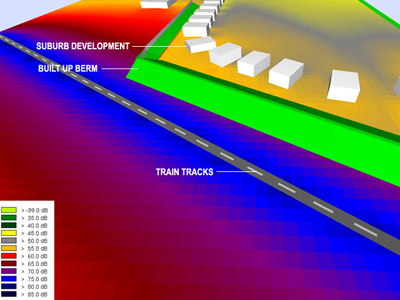

Even though it is a relatively new science, architectural acoustics affects every area of modern life and becomes even more important in light of increased urban densification. Architectural acoustics can be defined as the analysis of the production, propagation and transmission of sound in the built and exterior environments. Correct application of the principles of architectural acoustics can considerably improve the quality of life at work, at home and at play. Some sounds are desirable and need to be enhanced or emphasized to improve acoustic quality such as in auditoriums or performing arts spaces. Other sounds, which we identify as noise, are highly undesirable and need to be reduced or prevented. As cities become more and more crowded with large scale office and multi-unit residential buildings, very careful acoustical design is required to maintain an acceptable noise environment. In all modern countries minimum limits have been set for permitted noise levels; for example both inside and outside the home and at work. Regulations have also been drawn up defining the minimum acceptable levels of sound insulation of demising walls and floors. Acoustic consultants form the interface and are the solution providers between architects, engineers and urban planners in order to maintain acoustic harmony in the urban setting.
Understanding and quantifying the sound through testing, computer modeling and mathematical modeling form the basis of our analysis of the problems and determination of solutions for the built and exterior environment.